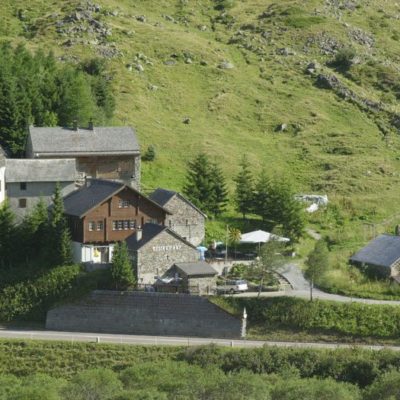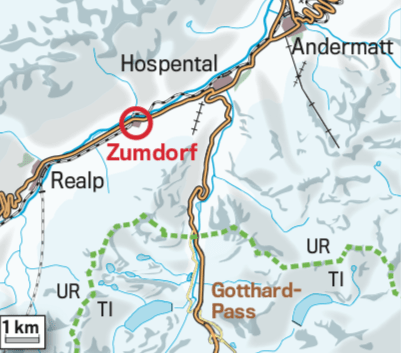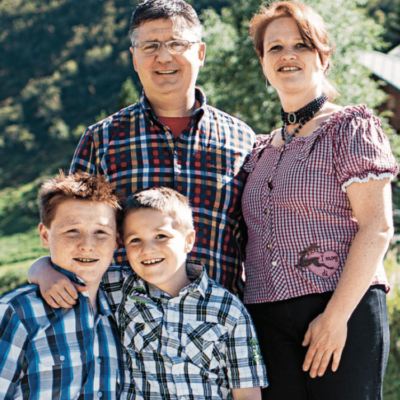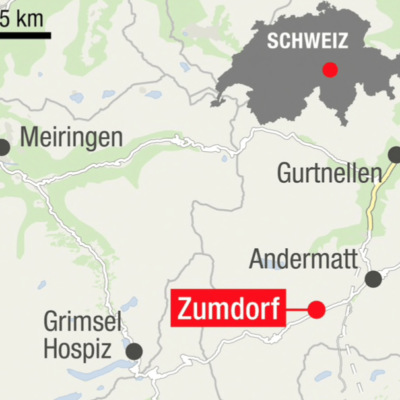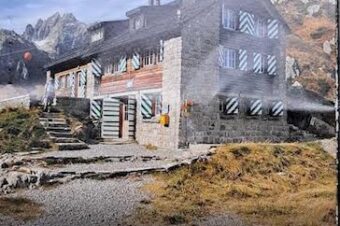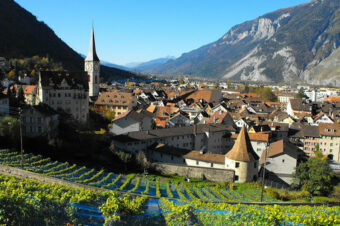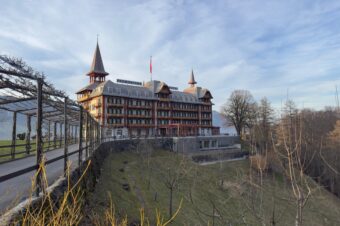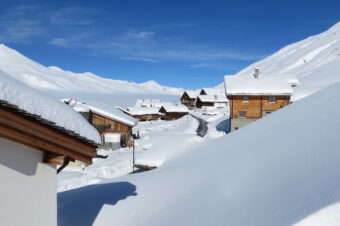The smallest Village in Switzerland with a population of 3 people, a Father, and 2 Sons!
When you google it, it may say that Corippo, in Tessin, the Italian part of Switzerland, is the smallest municipality, however, the village Zumdorf, in the canton of Uri is definitely the smallest with 3 people! It’s so small they forgot about it!
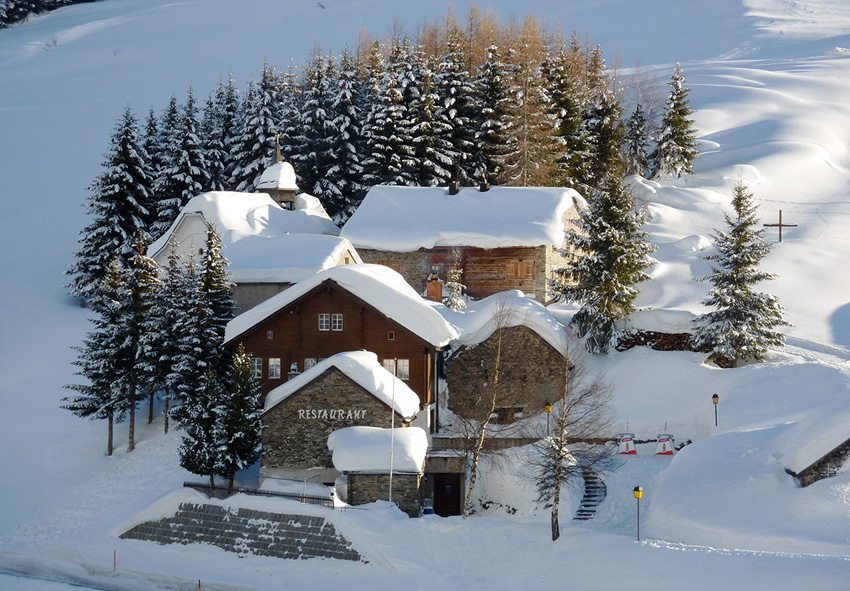
In 1851 Zumdorf had 50 inhabitants but then was buried by a huge avalanche. Zumdorf is currently (2017) inhabited all year round by a single family consisting of three people and has been officially declared the “smallest village in Switzerland”. The father with his two sons is now running the restaurant, which is visited very frequently by hikers and bikers.
Nostalgic and mysterious
Between Hospental and Realp, in the Central Switzerland Canton of URI, politically part of the municipality of Hospental was once and still is the “smallest village in Switzerland”. Zumdorf is a designated Walser foundation and used to be an independent curate-chaplain with a chapel and school. Badly affected by avalanches, Zumdorf united with Hospental. In March 1851 the hamlet was completely buried by an avalanche, however, it was still able to survive. In 1869 the hamlet still had 13 souls living there. Today there are two temporarily inhabited houses in Zumdorf and the much-visited Restaurant Zum Dörfli, whose host family lives in Zumdorf all year round. But the gem of Zumdorf is the one dedicated to St. Niklaus Baroque Chapel,
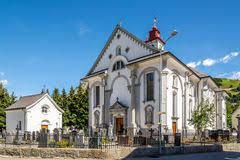
It was built in 1720 by the Ursen architect Bartholomäus Schmid and was restored in 1971 professionally and stylishly. This chapel harbors a very special gem: the rosary altar, created by Jodok Ritz in 1728, which is surrounded by 10 round reverse glass pictures that refer to the legend of St. Nicholas and several views of Zumdorf.
Architect Bartholomäus Schmid
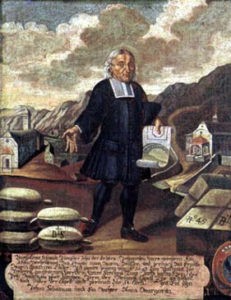
belonged to the Schmid family, which can be traced back to Hospental in the 17th century. Bartholomäus was born on August 25, 1660, and was adopted as Talmann von Ursern in 1693. In Bartholomäus Schmid, the country of Uri grew up as its most important Baroque architect. Bartholomäus’ grandfather was already a well-known master builder and built the parish church of St. Peter and Paul in Andermatt, which his grandson later enlarged. It took 200 years until the fifth generation of Schmid, namely Bartholomäus with his father and son, was accepted into the citizenship of the Ursine. Son Johann Sebastian served the valley as a long-time village notary and headed it from 1747-49 as Thalmann. A characteristic feature of Bartholomäus Schmid’s architectural style is the attachment of arched panels, the effect of which is enhanced by pilasters placed in front of them. This blind arch can also be found in the chapel in Zumdorf. Various other buildings by Bartholomäus Schmid, some in the Ursenertal, such as the church and chapel of St. Karl in Hospental, should also be mentioned. Bartholomäus Schmid died in 1738, but his wonderful works are still important.

